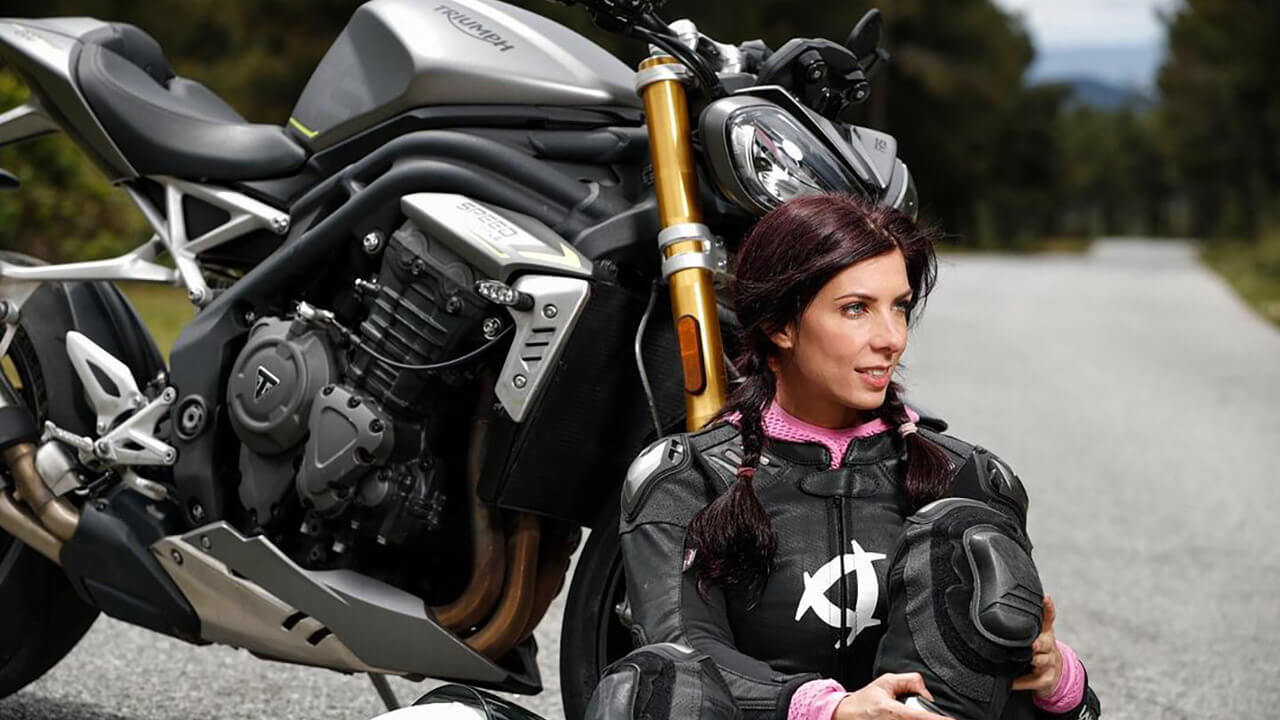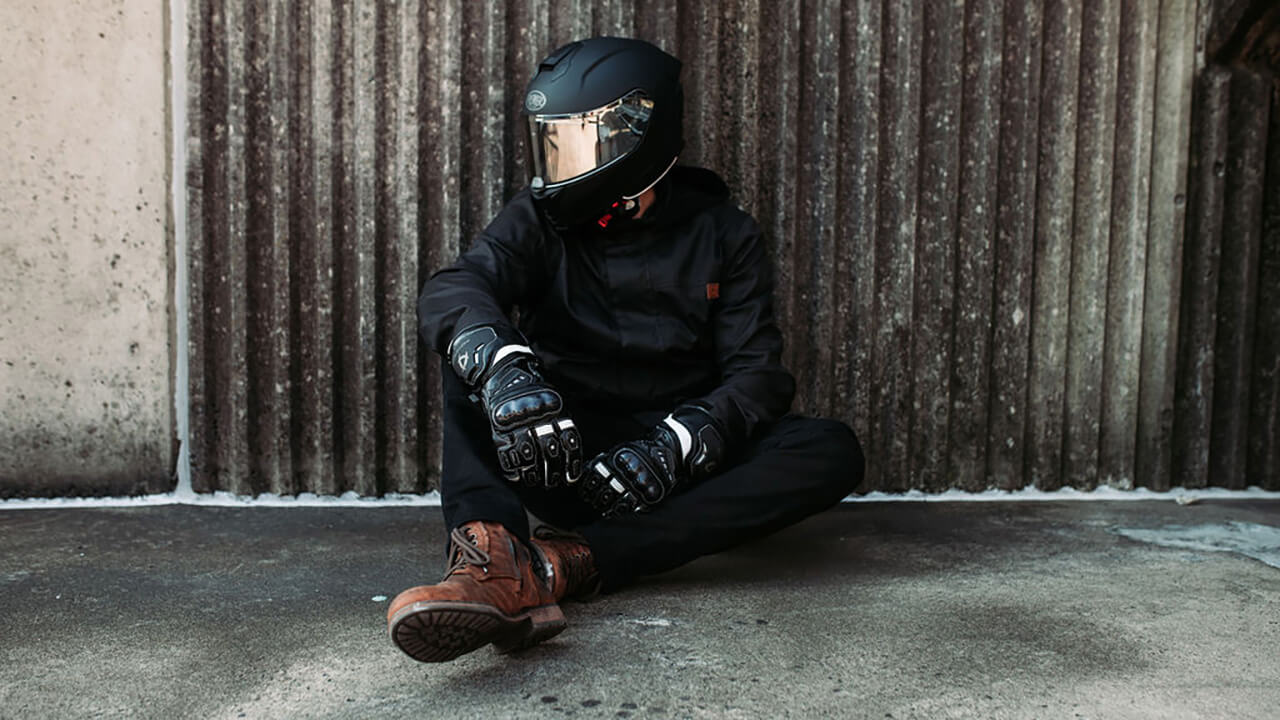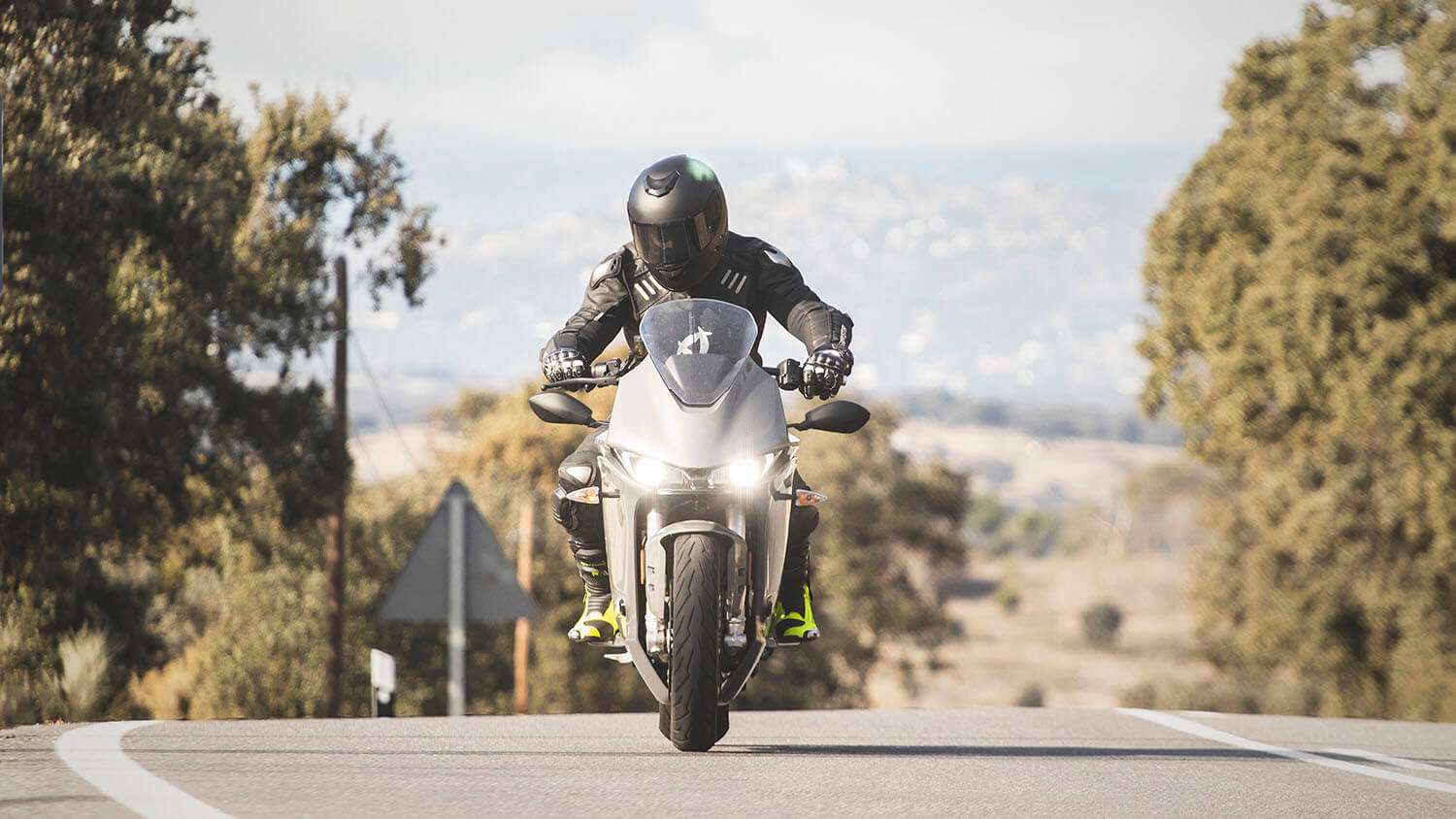
CE certification for motorcycle gear: yes or no?
Some of you have written to us asking about the certification of the Meteor gloves, what level of protection do they have, why don't they have the CE label? And the truth is that CE certification for motorcycle gear is important, but also somewhat controversial.
Let's be clear: the Meteor gloves are not CE approved at the moment, but they are ready for level 2. And one day we will have it. But the reason for this post goes beyond that, as it is a subject that we can explain in one line, but it is more laborious if we go deeper into the subject.
CE certification for motorcycle gear requires only minimum standards.
That's right. The standard tells you what you have to do to reach the minimum requirements, but it is not prepared for those who go far beyond them. That's why we see short textile gloves with hardly any protection that carry the certification.

The same thing happened to us with the NearX suit. We passed most of Ricotest's AAA tests with flying colours, in some cases three times the minimum requirements. But there is no AAAA rating, for example.
What happens with this? That our suit is in the same classification as others that are clearly inferior in abrasion or impact resistance. For example:
The NearX has protectors in 7 zones, including back, chest and coccyx. These protectors, surprisingly, are not mandatory to pass the maximum AAA certification. So most suits only have 3 zones (shoulders, elbows and knees).
Similarly, our Neowise jacket has integrated protections (shoulders, elbows and back) as standard. All level 2 (the maximum).
Many brands do not usually include back protection as standard and use level 1 protection.
It is similar with the homologation of gloves. The Meteor gloves are made of certain materials that are proven to be superior to leather. We chose to completely cover the inside of the gloves with Kevlar for abrasion resistance, use Superfabric on the phalanges and palm, carbon on the knuckles, TPR and the union of the little finger and ring finger for safety.
If we certify them, you lower the level of these gloves to match the rest.

Types of tests
Having said all this, we are aware that the certification label gives more peace of mind to the consumer, and for this reason we are not entirely reluctant to certify them. However, we believe that CE certification for motorcycle gear is mostly a commercial and political tool developed by economic actors (as it is currently conceived).
In fact, there are notable differences between the previous Cambridge EN 13595 and the current Darmstadt EN 17092, with some measurements being at least debatable from the point of view of pilot safety. Some people consider the new standard to be more realistic, others consider it to be less demanding.
Several of the fabrics we use in our products exceed very demanding standards for motorbikes and PPE:
- Impact Abrasion (Cambridge 13595-2 and Darmstadt PWI 00162392)
- Cut resistance (NF EN 388 and 13595-4)
- Tensile strength (ASTM-D 5034-95)
- Tear strength (UNE EN ISO 4674-1: 2004 Method B)
- Bursting (13595-3)
- Seam strength (BS-3320)
Abrasion protection is essential in motorbike clothing, as its effectiveness in the event of an accident is usually superior to that of impact protection, even when wearing protective gear.
In the event of an accident, the cotton coating of this type of fabric disappears, revealing the technical fibres that will form a good protection against the asphalt of the road.
What levels of CE certification for motorcycle gear are there?
According to the current European approval EN 17092 there are the following zones.

And three main levels of certification:
Level A
This is the lowest level of protection. The design of motorbike gear focuses on comfort rather than performance. The clothing is lighter and suitable for urban use.
It has to withstand at least an abrasion resistance of:
- 1 second in Zone 1 at 45 km/h (265.3 rpm).
- 0.5 seconds in Zone 2 at 25km/h (147.4 rpm).
Level AA
This is an intermediate level and more suitable for touring. Must resist abrasion:
- 2 seconds in Zone 1 at 70km/h (412.6 rpm).
- 1 second in Zone 2 at 45 km/h (265.3 rpm).
- 0.5 seconds in Zone 3 at 25km/h (147.4 rpm).
Level AAA
This is the highest level of certification, and recommended for track use. Minimum abrasion resistance:
- 4 seconds in Zone 1 at 120km/h (707.4 rpm).
- 1.2 seconds in Zone 2 75 km/h (442.1 rpm).
- 1 second in Zone 3 at 45 km/h (265.3 rpm).

What about motorbike gloves?
According to the European homologation EN 13594 the levels are as follows:
Level 1
- Shank length: minimum 15mm
- Grip (glove attachment to the hand): minimum force of 27N for 30 seconds.
- Tear strength (palm, sides of fingers, cuff and back): 18N or 25N.
- Seam strength: 4 N/mm (fingers) and 6 N/mm (rest).
- Abrasion resistance: must withstand at least 3 seconds, and is tested three times. The average of the three measurements must exceed 4 seconds.
- Knuckles: optional.
Level 2
- Shank length: minimum 50mm
- Grip (glove attachment to the hand): minimum force of 52N for 30 seconds.
- Tear strength (palm, sides of fingers, cuff and back): 25N and 35N.
- Seam strength: 7 N/mm (fingers) and 10 N/mm (rest).
- Abrasion resistance: The three tests must be equal to or greater than 6 seconds, and the average minimum that must be withstood is 8 seconds.
- Knuckles: The force that must reach the hand after impact with the knuckle protector must be less than 4 kN.

Conclusions
As we said at the beginning, if our product exceeds the maximum certification by far, there is no AAAA rating, for example. So it is downgraded to the level of other products that might pass certification by the minimum.
In terms of abrasion, most of the fabrics we use that are certified can handle falls at speeds of 70km/h (AA) or 120km/h (AAA). Demonstrating great resistance to traction, tearing, bursting and cutting.
Considering these speeds, it is remarkable that the helmets are tested at only 27km/h.
It is also known that many leathers used in motorbike gear are not certified (the product is, but it is a different matter, as other parameters are measured).
Also, as a new brand on the market, it is not easy to certify all products, as it is a bureaucratic process that requires time and money.
Both the NearX suit and the Neowise jacket have the highest AAA certification. But we know (and now you do too) that they are more than that ;)




